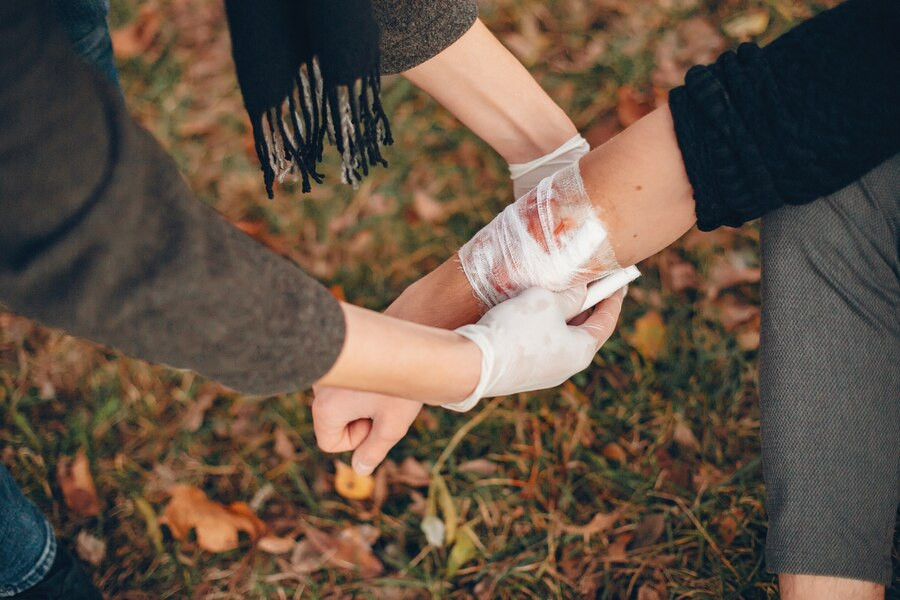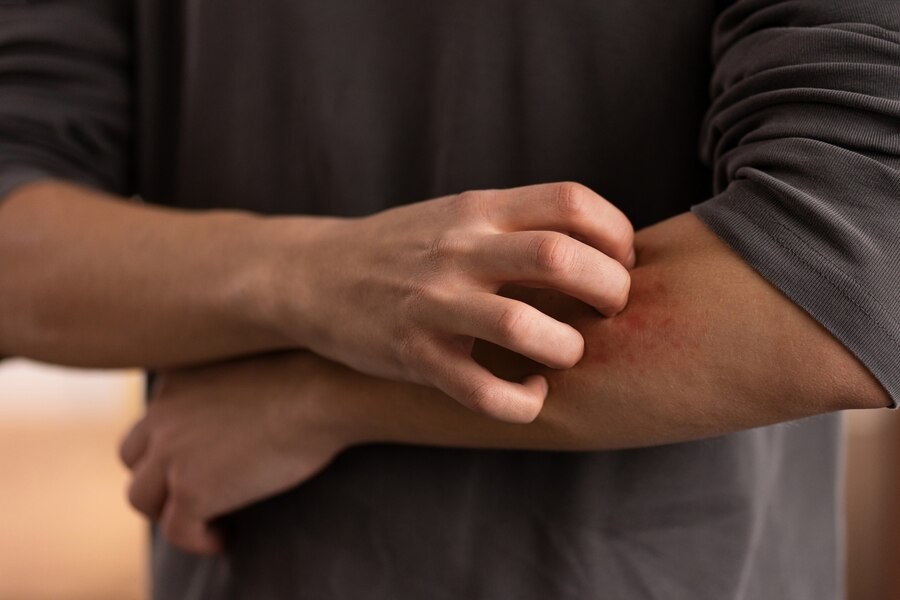In reality, the current reports about bacteria that eat flesh are not new. The present case is extremely uncommon; however, it is severe and potentially fatal.
The death rate associated with flesh-eating bacteria is quite high. According to reports, this disease results in the death of at least one in every three infections. This is why it is very important to maintain the wound's cleanliness, provide proper care, and monitor for signs of infection, including fever, pain, and other symptoms.
Flesh-eating bacteria: what is it?
Necrotizing fasciitis is the medical term for "flesh-eating" bacteria. This is a severe and uncommon infectious condition that impacts the soft tissue, muscles, and skin.
The infection is not caused by uncommon, highly infectious bacteria but rather by common bacteria such as Streptococcus pyogenes (group A streptococcus), Staphylococcus aureus, or Vibrio vulnificus. Bacteria such as Klebsiella, Clostridium, E. coli, or a combination of several different types of bacteria may occasionally cause necrotizing fasciitis.
The infection of the superficial fascia, which is the layer of connective tissue that lies under the skin, is the first step in the process of necrotizing fasciitis. This infection has the potential to rapidly spread to the surrounding tissue, resulting in necrosis or the death of the tissue.
Read more: Ameba Pemerakan Otak Manusia, Here's How To Enter The Body
Early symptoms of flesh-eating bacterial infection
The early symptoms of a flesh-eating bacterial infection typically manifest as:
- Swelling and redness in the affected area
- More intense pain
- Skin blisters or rashes
- Fever and flu-like symptoms such as nausea and vomiting
These first symptoms may appear rapidly, even in less than twenty-four hours following an accident. After that, symptoms advance to loss, discoloration, peeling of the skin, or death of the affected tissue. In the event of this happening, it may be necessary to perform amputation on the affected area in order to prevent the spread of the condition to surrounding healthy tissue.
Read more: Types Of Bacteria That Can Contest Drinking Water
Transmission of flesh-eating bacterial infections
Flesh-eating bacterial infections occur when bacteria enter the body through a wound or injury. These wounds include surgical wounds, puncture wounds, burns, abrasions, scratches, and insect bites. Infection can happen, particularly in cases of improper wound care and maintenance of cleanliness.
Therefore, it is recommended to consistently maintain the hygiene of wounds, prevent contamination, wash your hands frequently, and observe for indicators of infection, regardless of the size of the wound. Consult a doctor immediately if the wound manifests symptoms of infection, including fever, severe pain, swelling, or redness.
In order to prevent the transmission of flesh-eating bacteria, your doctor may prescribe antibiotics and remove the infected tissue. Additionally, you may require condition monitoring and intensive care.
If you have other questions regarding infection and wound management, you can either visit a doctor or make use of the consultation features that are available in the Ai Care application by downloading the Ai Care application from the App Store or Play Store.
Looking for more information about other diseases? Click here!
- dr Nadia Opmalina
Melissa Conrad Stoppler, MD. What Is a Flesh Eating Bacterial Infection?. Available from: https://www.medicinenet.com/flesh_eating_bacterial_infection/views.htm
Matt McMillen (2023). Necrotizing Fasciitis (Flesh-Eating Bacteria). Available from: https://www.webmd.com/skin-problems-and-treatments/necrotizing-fasciitis-flesh-eating-bacteria
Cleveland Clinic (2022). Necrotizing Fasciitis (Flesh-Eating Disease). Available from: https://my.clevelandclinic.org/health/diseases/23103-necrotizing-fasciitis
John Hopkins Medicine. Necrotizing Soft Tissue Infection. Available from: https://www.hopkinsmedicine.org/health/conditions-and-diseases/necrotizing-soft-tissue-infection












